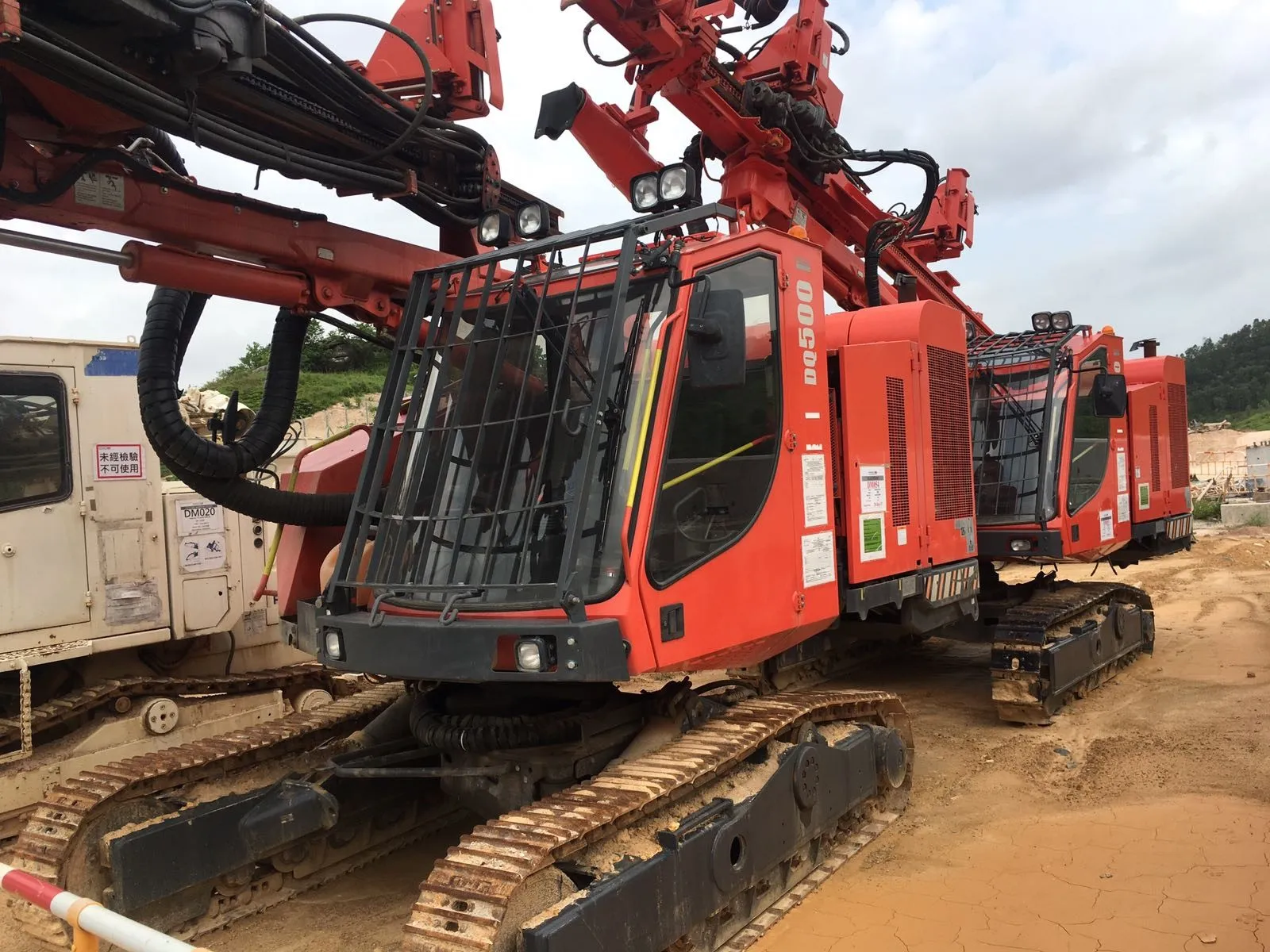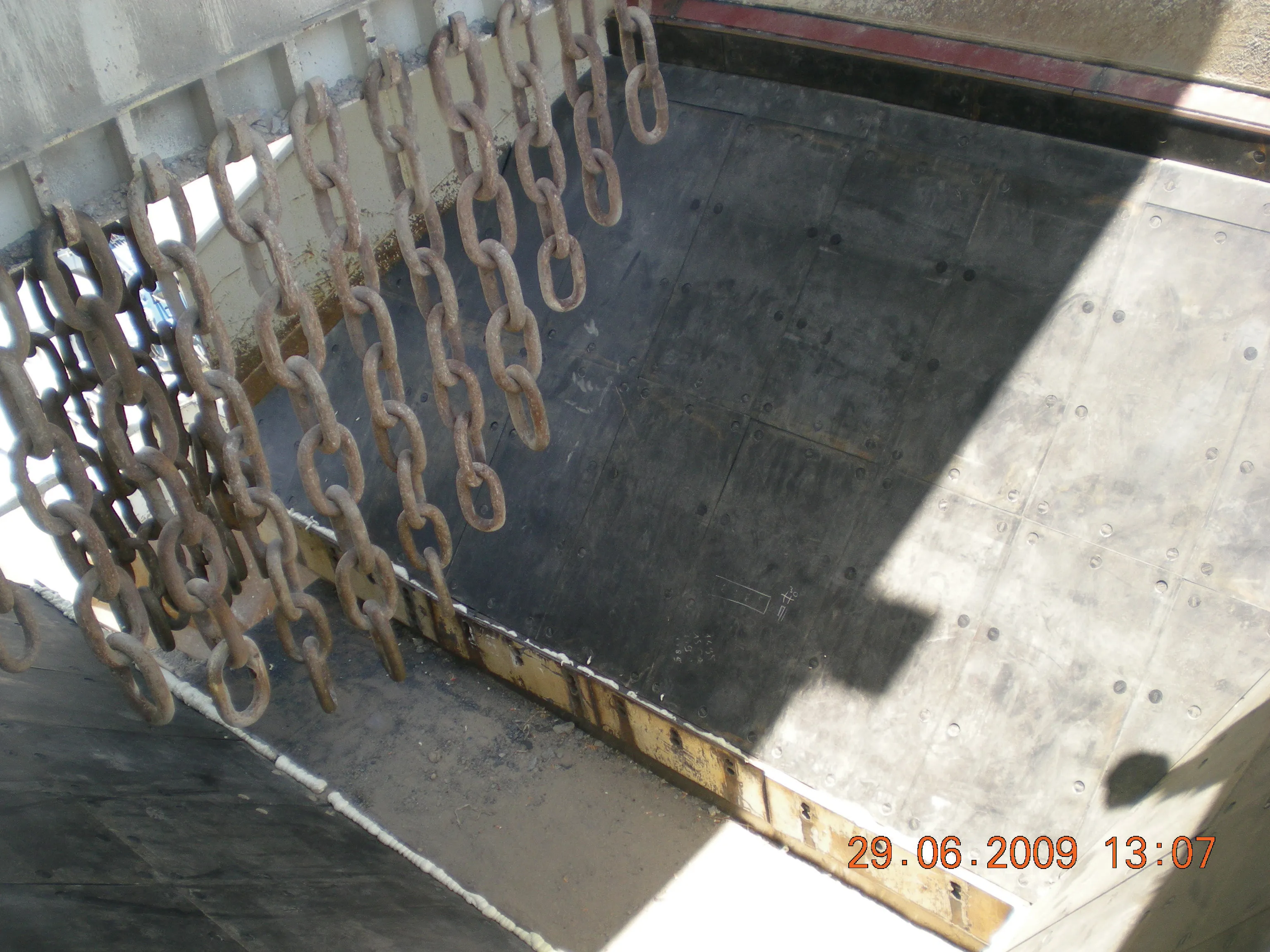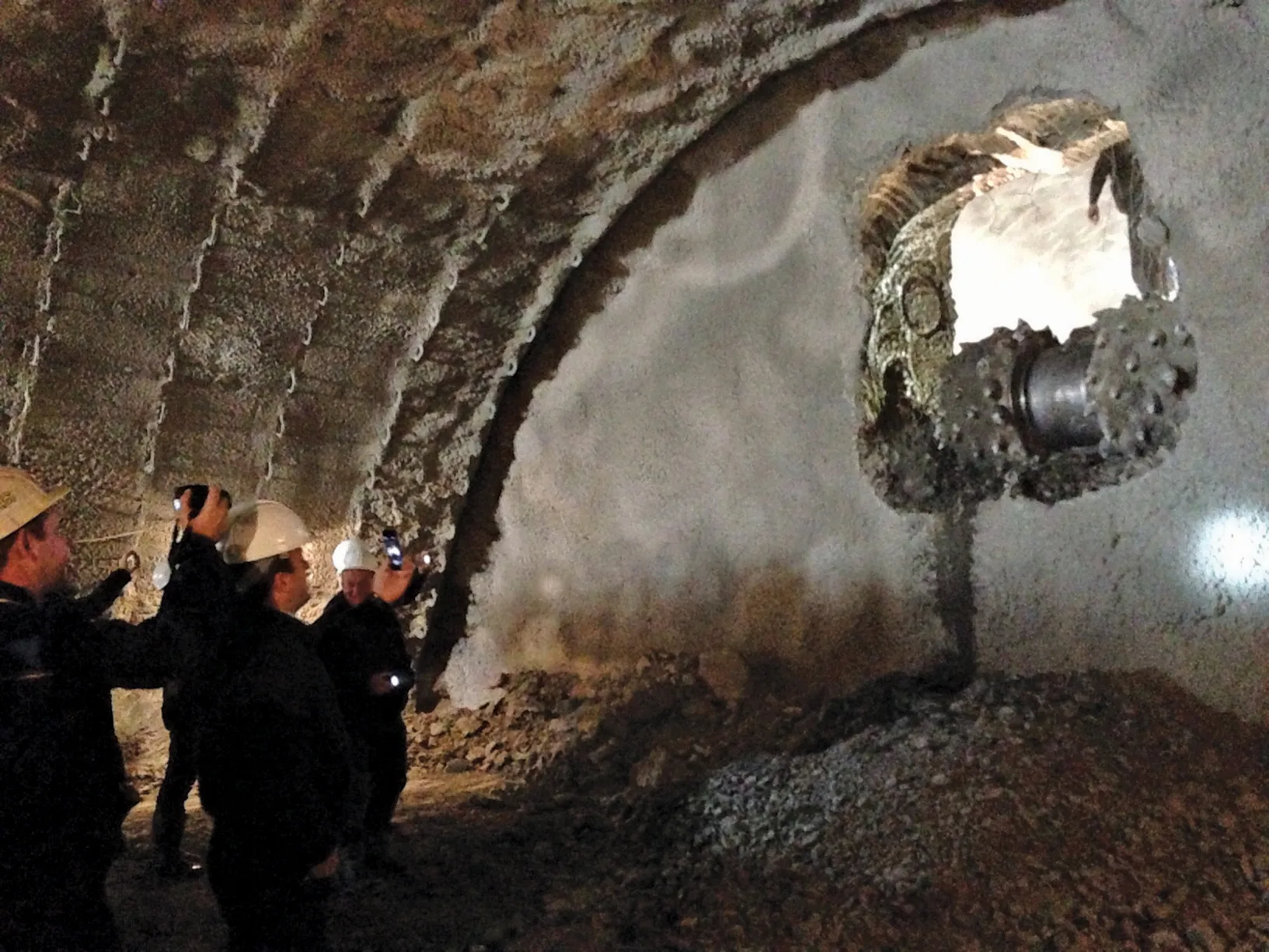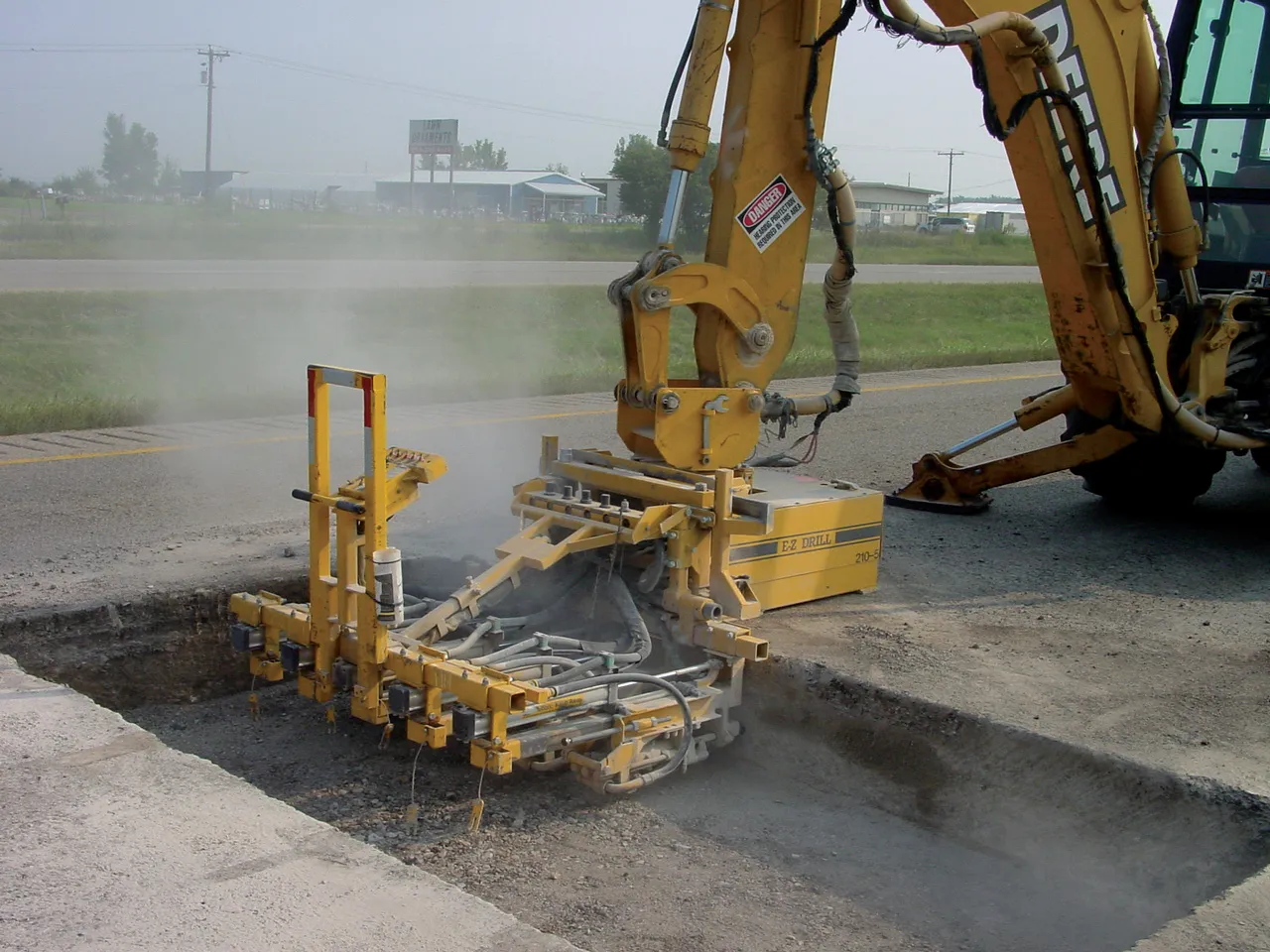
There are already two control points on the eastern side of the New Territories between China and Hong Kong - at Man Kam To and Sha Tau Kok – to access eastern Shenzhen and Guangdong. All cross-boundary traffic travelling from these points must use busy local roads in Hong Kong and Shenzhen before joining the major highway systems.
The US$3.2 billion control point will connect existing expressway systems in Hong Kong and Shenzhen to cut travel time between Hong Kong and eastern Guangdong, as well as southern Fujian and Jiangxi.
Contract 6 involves building a new highway, viaducts and a 700m road tunnel by the end of 2018 at a cost of around $770 million. The work is being done by a joint venture of China Road and Bridge Corp from mainland China, Taiwan’s Continental Engineering and Hong Kong-based Kaden Construction - the CRBC-CEC-Kaden JV.
“We needed surface drill rigs for open cut of the hills by drill and break. Tunneling jumbos for tunnel excavation and then high-quality mobile crushers to crush the excavated rock,” said K Y Chow, construction manager for the joint venture.
For drilling duty, a Ranger DQ500 and a Ranger DX700 were working on site but the joint venture also bought three Ranger DX800 surface drill rigs.
The drill rigs were used for the open cut of the hills by drill and break. Drill and blast was forbidden because blasting was not permitted on the type of hill cut along the highway.
The Ranger DX800, however, proved to be highly suited to the application. One of the new features is the revolving superstructure enabling large drilling coverage from the standard 17.6m² to a US standard 26.4m². When rotating, the rig’s stability is guaranteed because the counterweight remains always on the opposite side of the boom.
The rig also features a THC700 drilling control system that automatically adjusts to changing rock formations. It also sends an optimal amount of power to the rock to ensure smooth rotation, solid rock contact and fast penetration in different rock conditions.
Low fuel consumption is achieved by an ecopackage that includes engine RPM adjustment. Tramming force has been boosted by over 10%, according to
For excavation of the dual two-lane tunnel, Sandvik supplied three DT1230i's and one DT820-SC tunneling jumbos. These were required because each tunnel is 14m wide and 11m high for two lines of traffic on the two main tunnels, along with some small cross passage tunnels. The Sandvik DT1230i is a computer-controlled three-boom electro-hydraulic drilling jumbo for tunneling and cavern excavation of 20 211m² cross sections, including face drilling, bolt hole drilling and mechanised long-hole drilling.
The DT1230i is coupled with the iSURETM tunnel management programme, intelligent iDATA control system, newly-launched high-frequency RD525 drills, robust booms and advanced drill string guides.
Sandvik QJ241 tracked jaw crushers have been crushing excavated granite for the tunnel’s road base. The QJ241 has handled the 600mm feed-size to produce a 250mm product. This is further fed into the second Sandvik QJ241 to produce a 40mm product for tunnel refilling.
The self-propelled QJ241 is Sandvik’s smallest compact tracked jaw crusher. It is fitted with a hydraulic raise-and-lower facility on the main conveyor making it ideal for hard rock applications.
A full service and maintenance agreement was signed between Sandvik and the CRBC-CEC-Kaden JV, as well as Sandvik providing all spare parts, lube and oil.








